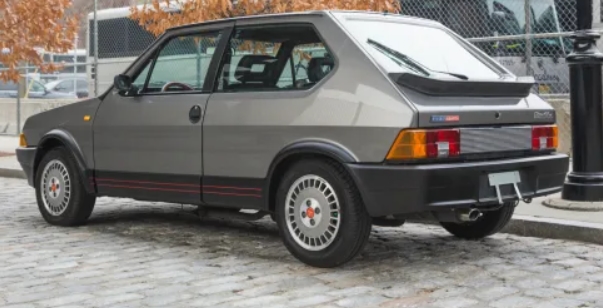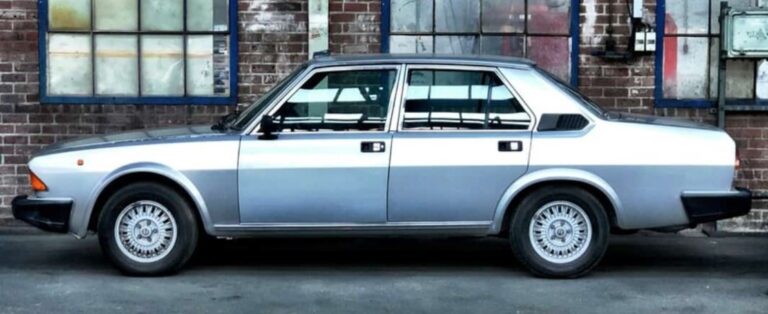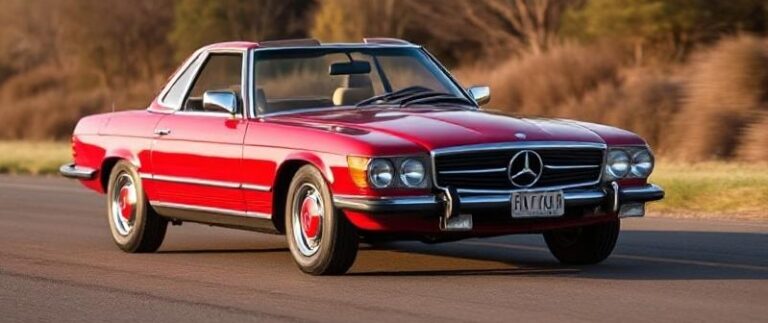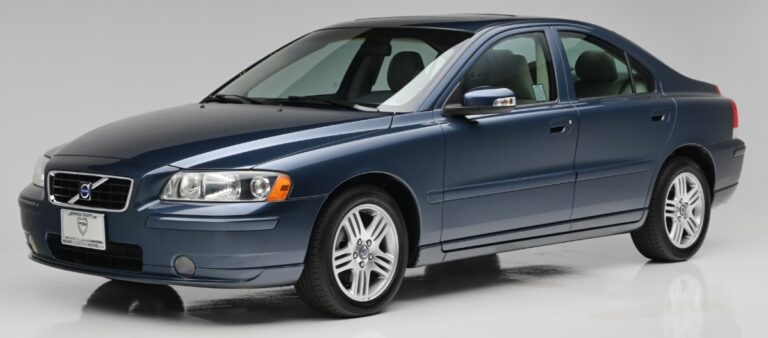The Evolution of the Merkur XR4Ti: A Look at an Iconic Sports Sedan
Introduction
The Merkur XR4Ti emerged in the mid-1980s as a bold attempt by Ford to introduce a European flavor to the American automotive market. This unique model marked the beginning of a new era for enthusiasts who sought performance and style in a distinctive package. Over its brief production run, the XR4Ti showcased the evolution of performance sedans, leaving a lasting legacy for fans of automotive innovation.
Origins and Production Years
The Merkur brand was created when Ford decided to import sought-after European models to the United States, aiming to expand its presence in the burgeoning market for compact sports cars and sedans. The XR4Ti, based on the Ford Sierra, was produced from 1985 to 1989. The model essentially aimed to deliver high-performance capabilities and aggressive styling, which contrasted with the more mundane offerings available at the time.
1985: The Launch of the XR4Ti
The XR4Ti debuted in 1985, featuring turbocharged performance that distinguished it from contemporaries. Positioned as a sporty alternative to traditional American sedans, the XR4Ti offered a 2.3-liter turbocharged inline-four engine, producing 145 horsepower. The launch model showcased a unique aesthetic, with a hatchback design, sloping roofline, and a rear spoiler that contributed to its sporty demeanor.
The design of the XR4Ti also emphasized functionality. Its rear hatch offered practicality not commonly found in sedans, while the plush interior provided comfort for daily driving and spirited journeys alike. The initial model came well-equipped, including features like power windows, air conditioning, and a sport-tuned suspension.
1986: Introduction of New Trim Levels
As the market started to embrace the XR4Ti, 1986 marked the introduction of additional trim levels. The base model continued to feature all the characteristics that made the XR4Ti desirable, but a new model called the “XR4Ti Sport” was introduced, which emphasized a more performance-oriented approach. It offered upgrades like larger alloy wheels, upgraded suspension components, and sportier interior finishes to appeal to a more enthusiastic buyer demographic.
1987: Refinements and Special Editions
By 1987, the XR4Ti saw minor refinements based on consumer feedback. Ford focused on addressing the concerns raised by early buyers, making adjustments to the interior materials and overall settings. New technologies like adjustable suspension and improved aerodynamics were introduced to enhance the driving experience.
Additionally, Ford promoted the “SVO” version, derived from its high-performance Special Vehicle Operations department, which catered to performance enthusiasts with recalibrated engines and racing-inspired aesthetics. This model solidified the XR4Ti’s status as a serious contender in the performance arena.
.
Detroit Motor City Car Culture is a place for information about all automobiles. Take a drive over there today!
.
1988: The Final Production Year
The years 1988 and 1989 were pivotal for the XR4Ti. With dwindling sales figures and changing consumer preferences, production peaked but not without notable updates. In 1988, Ford embraced the burgeoning tuning culture and special modifications, introducing factory-approved performance upgrades. These modifications allowed owners to personalize their vehicles, increasing the model’s appeal in the aftermarket sector.
Concurrently, new colors surfaced, and the availability of more premium options elevated the XR4Ti’s status within the sports sedan market. While powertrain options remained more or less consistent, the overall refinement and performance of the vehicle showcased Ford’s dedication to changing consumer needs.
1989: A Farewell to the XR4Ti
In 1989, production of the XR4Ti officially came to an end. The decision was influenced by various factors, including market demand and competition from emerging Japanese sedans that offered more modern features and reliability. The final years of the XR4Ti were characterized by special editions, with particular emphasis on its heritage. The last models rolled off the production line, featuring distinct decals and special badging that celebrated its unique place in automotive history.
Legacy and Impact
Despite its relatively short lifespan, the Merkur XR4Ti left an indelible mark on the landscape of American performance cars. Engaging driving dynamics, coupled with innovative engineering, positioned the XR4Ti as an exciting alternative to more traditional sedans. The turbocharged engine and hatchback design influenced future models from both Ford and other manufacturers striving to capture similar markets.
Enthusiasts often reminisce about the driving experience the XR4Ti offered. With its nimble handling and sporty responsiveness, the model became a favorite among tuners. The aftermarket parts industry thrived around it, driving innovations that contributed to the personalization movement currently prevalent in the automotive community.
While the XR4Ti faded into obscurity, its concept laid the groundwork for the collaboration between American auto manufacturers and European engineering, influencing how sports sedans would develop. Subsequent models would draw inspiration from the XR4Ti, capturing the spirit of performance wrapped in practicality.
Conclusion
The Merkur XR4Ti stands as a unique chapter in Ford’s history, representing a fusion of European design philosophy and American engineering. A bold undertaking, the XR4Ti introduced drivers to a new standard of performance and style that resonated with car enthusiasts. Although it was never a sales leader, the XR4Ti sparked interest in performance-oriented compact sedans that continue to shape the automotive landscape to this day. Its legacy lives on among collectors, enthusiasts, and the spirit of innovation in the automotive realm, reminding us that sometimes the most extraordinary vehicles are born from the collision of cultures and visions.







